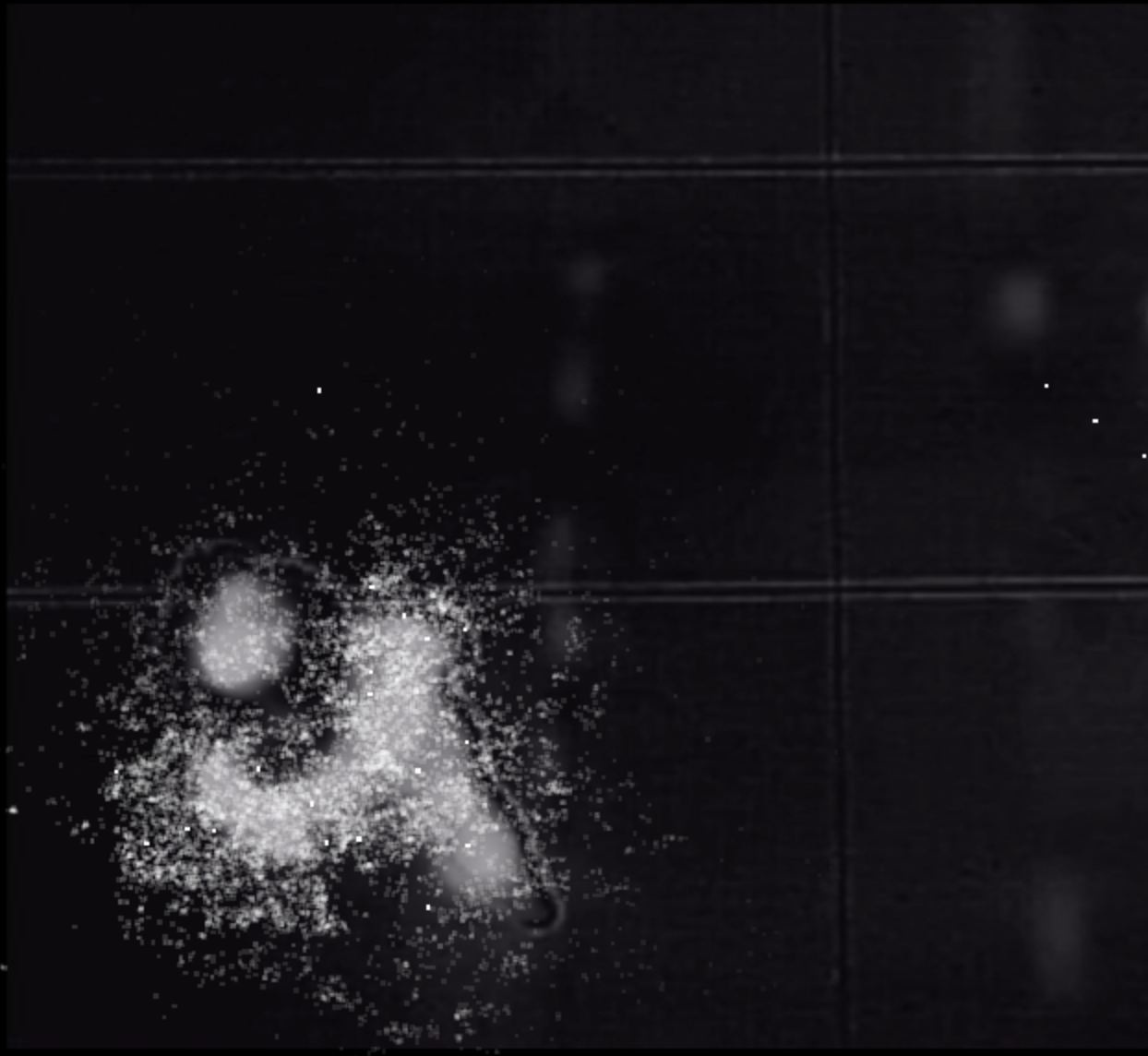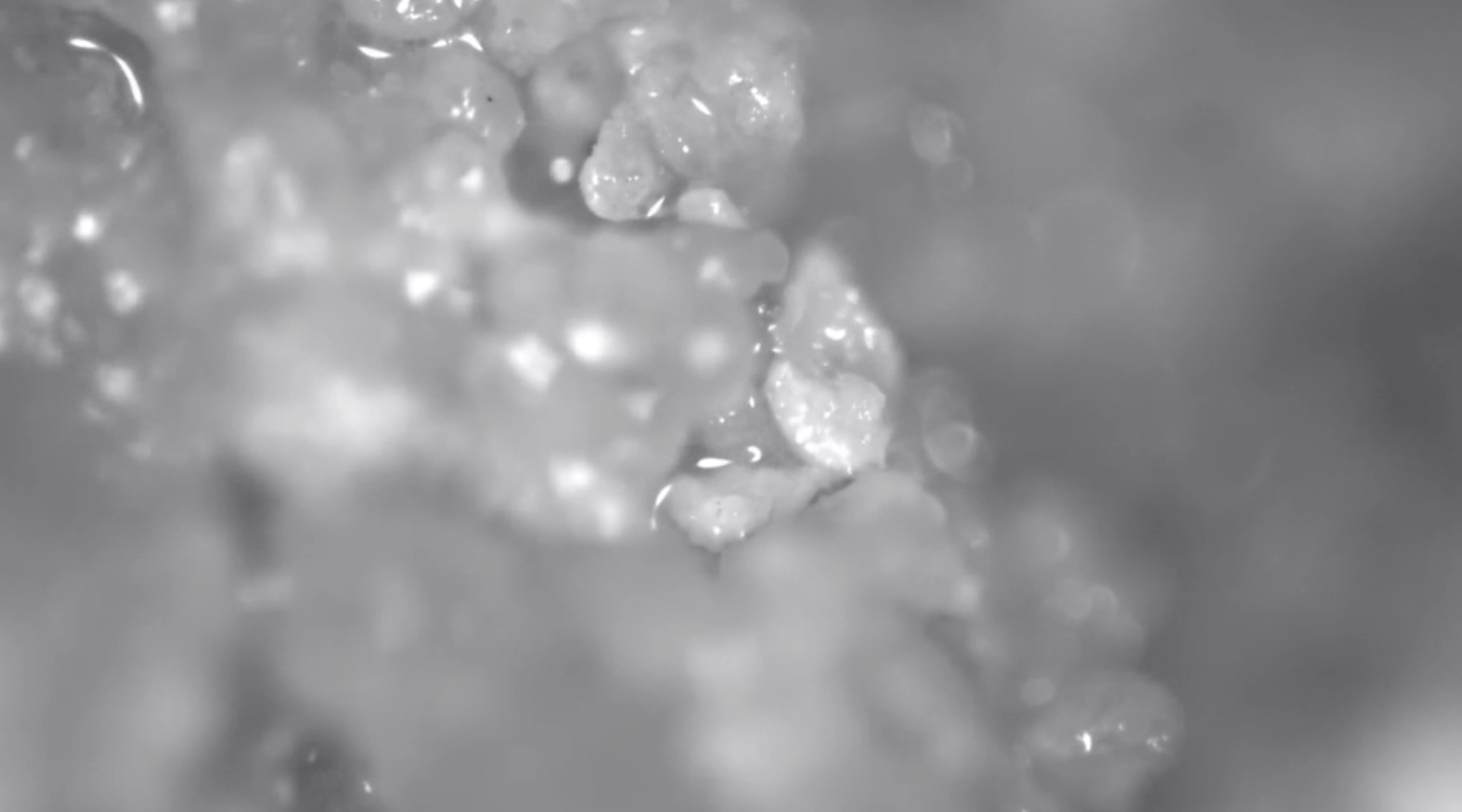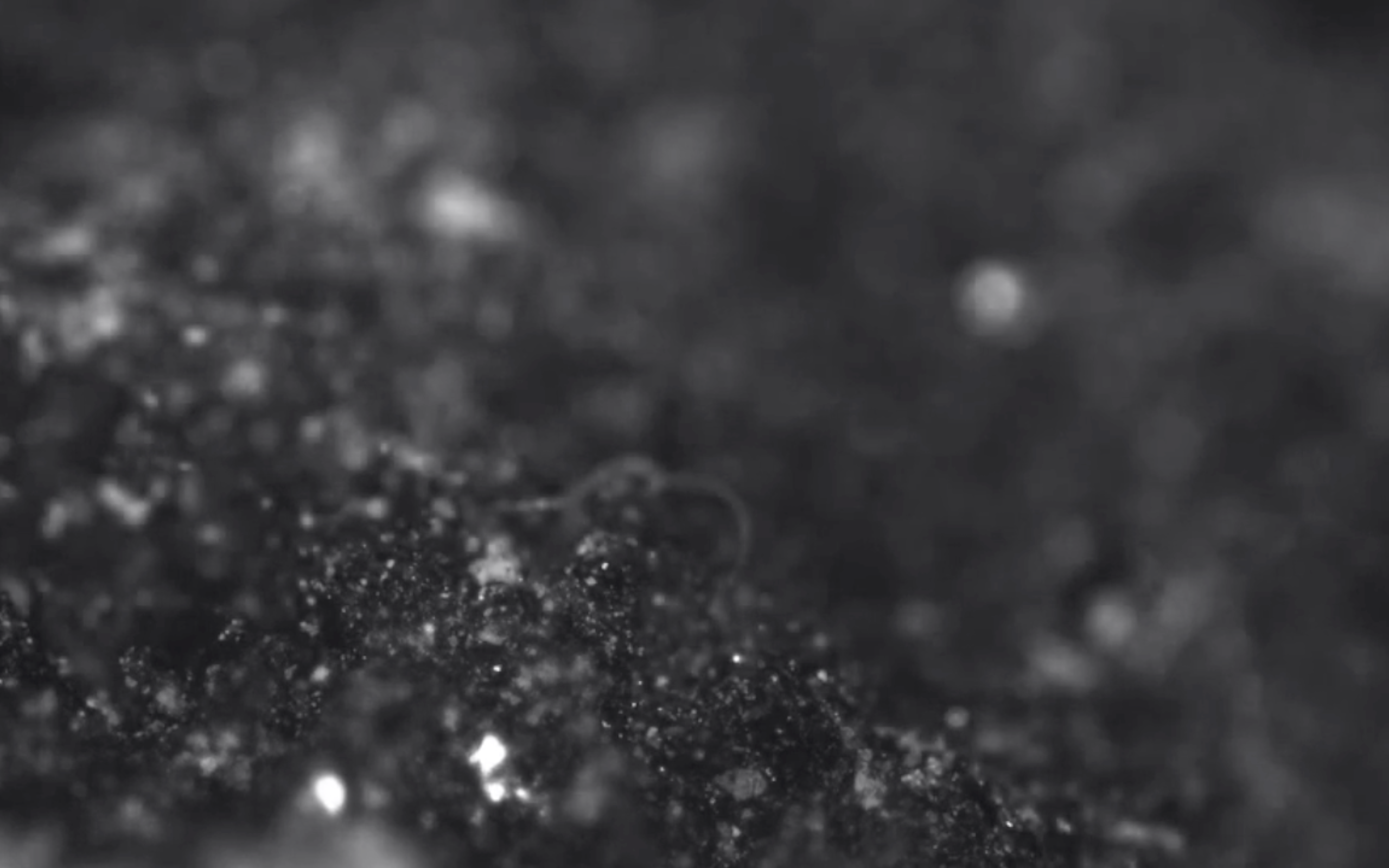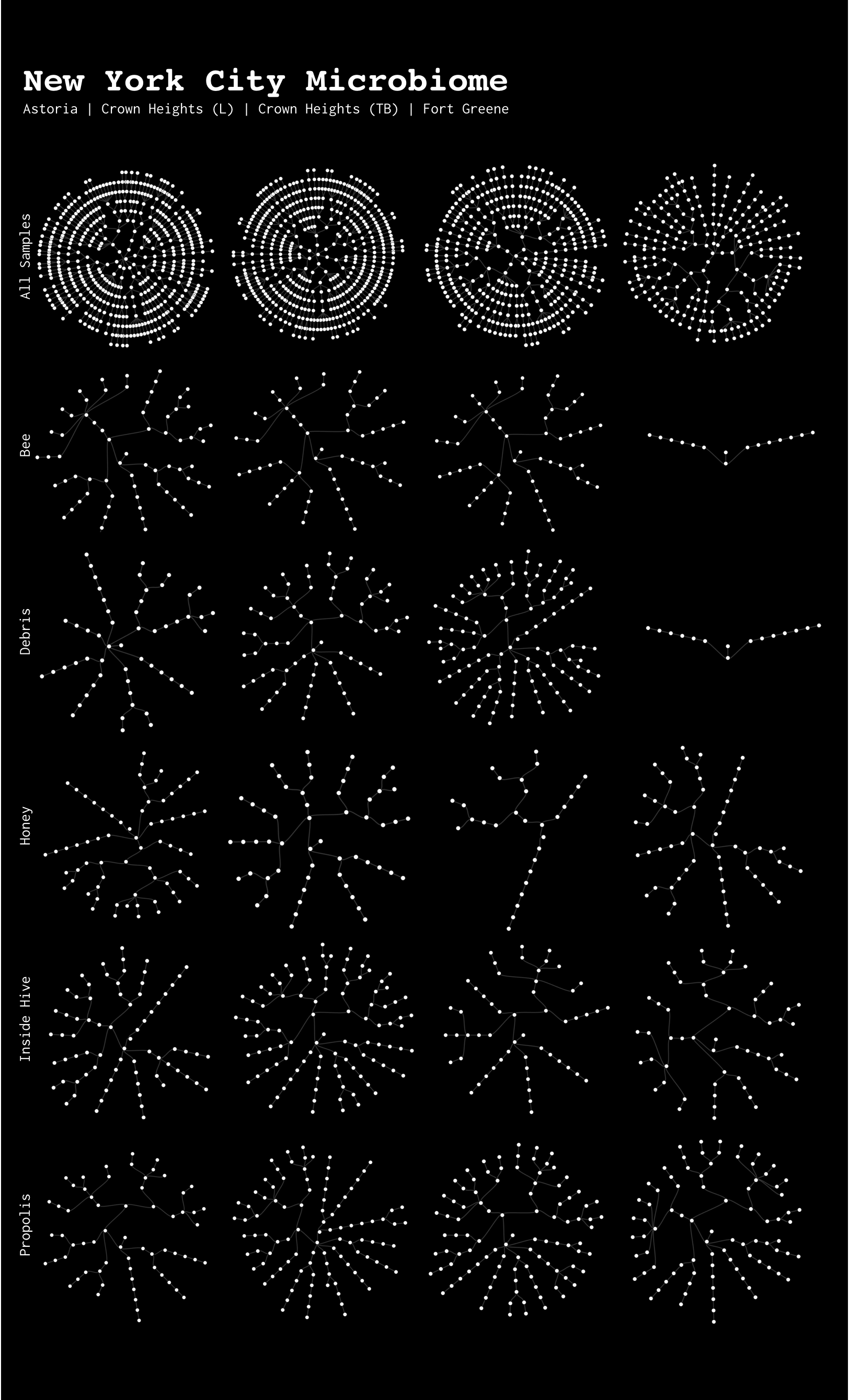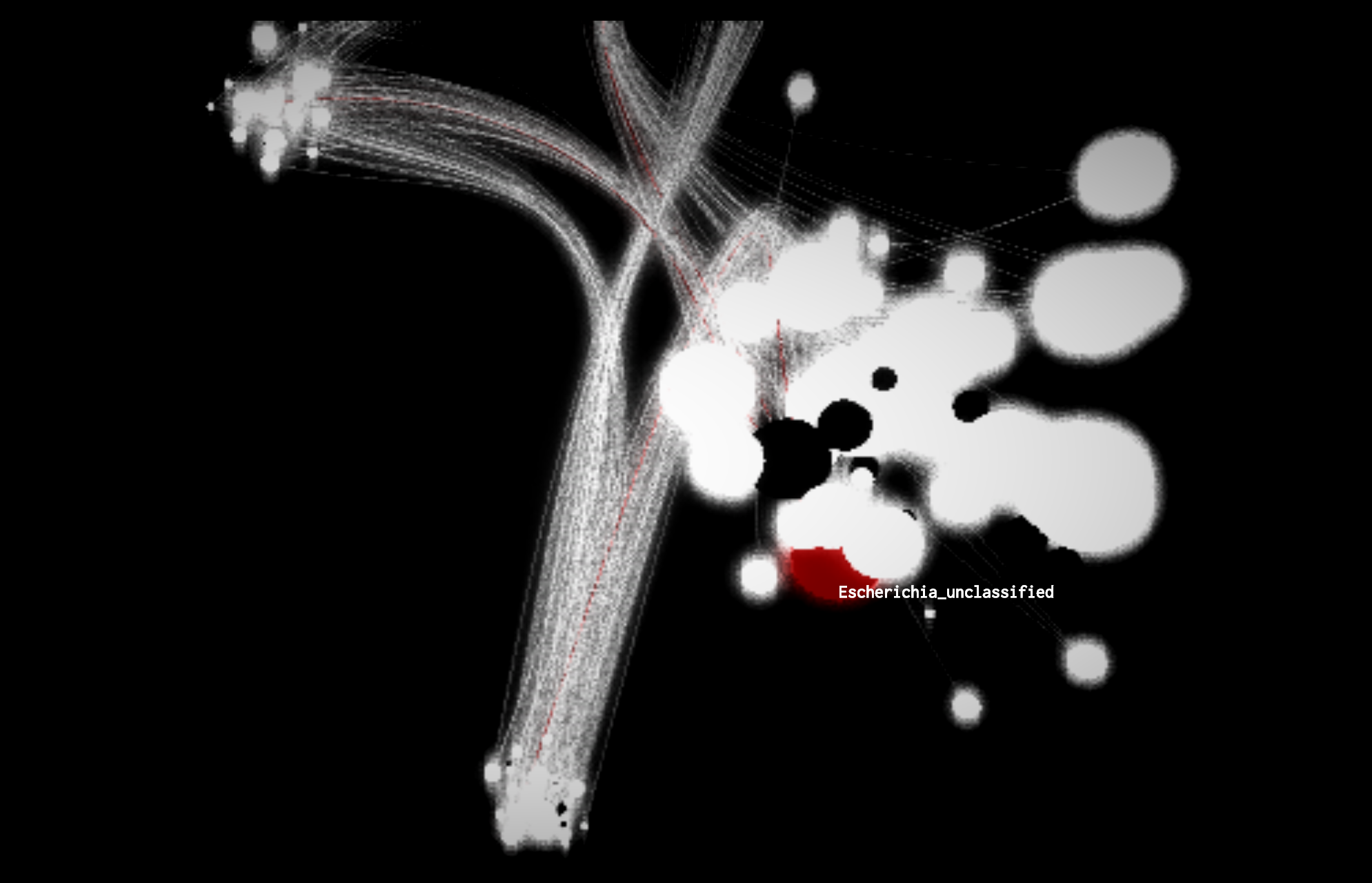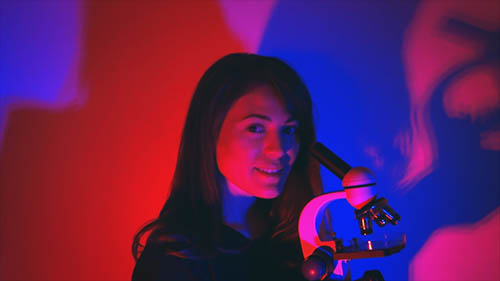
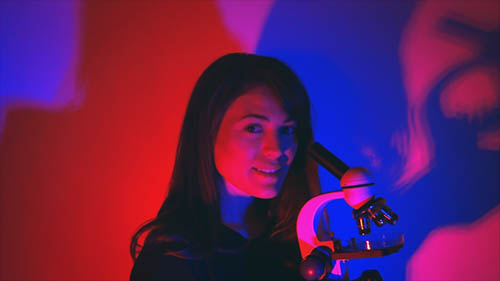
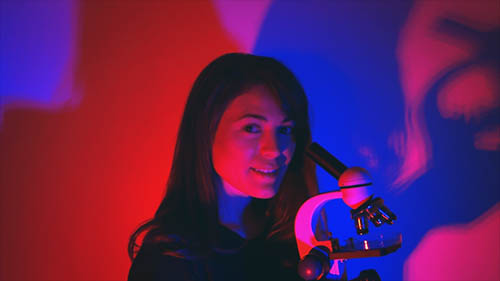
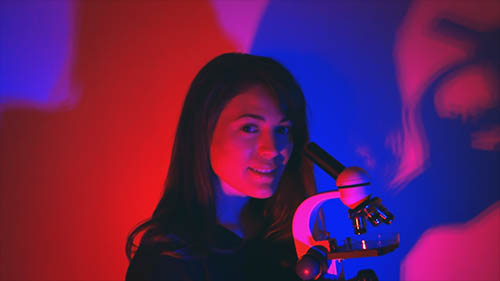
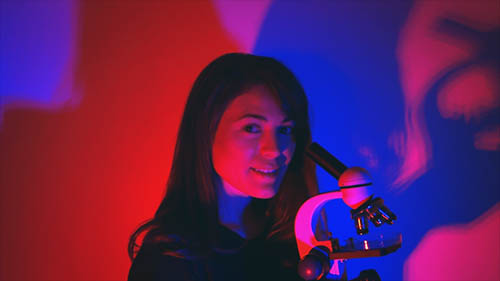
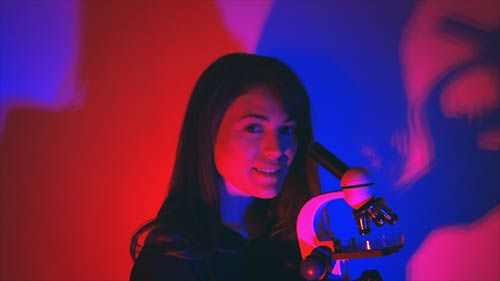
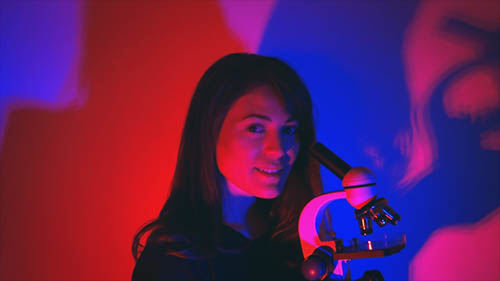
Holobiont Urbanism
Holobiont Urbanism invites participants to reimagine New York City as a complex, adaptive, biological superstructure.
Ho.lo.bi.ont
adjective
A biomolecular network composed of the host plus its associated microbes, e.g. humans, animals, or plants. As such, their collective genomes forge a “hologenome.”
Ur.ban.ism
noun
Refers to both the material aspects of urban living and the cultural aspects of city life.
Holobiont Urbanism is an art installation that invites participants to reimagine the city they live in as more than a vast metropolis but as a complex, adaptive, biological superstructure. Using a design aesthetic crafted from a scientific framework, the project seeks to distort the participant’s perception of the known reality to see the city through the lens of the microbial world. Once aware of the companion species that live among us, on us, and in us, participants in this project may begin to review what it means to be human and their relationship with their bodies and with their urban environments.
This project is a research endeavor undertaken in partnership with the MIT Media Lab’s Playful Systems Group headed by Kevin Slavin. This international collaboration between computational biologists, geneticists, engineers, designers, and technologists, is a project to study and ultimately visualize the microbiome of New York City. MIT has embarked upon a revolutionary technique of scalable, metagenomic data collection by using bees as the “collection” agents, “sensors,” or “citizen scientists.” The team has partnered with urban apiarists in Brooklyn (one in Fort Greene and two in Crown Heights) and Queens (Astoria) and built custom beehives that allow for the detritus of the bees to collect at the bottom of the hive. Scientists collect the samples from the roof-top beehives and extract the DNA for sequencing in order to determine the types and amounts of microbes present in the NYC environment within an approximate 1.5 mile radius from the beehives.
Presented as a body of art and design work, Holobiont Urbanism seeks to map this data using visualizations that brings New York’s microbial world to life in a way that forces the citizens of this metropolis to understand that we are not just humans, we are Holobionts.
Visit: microbiome.nyc/
